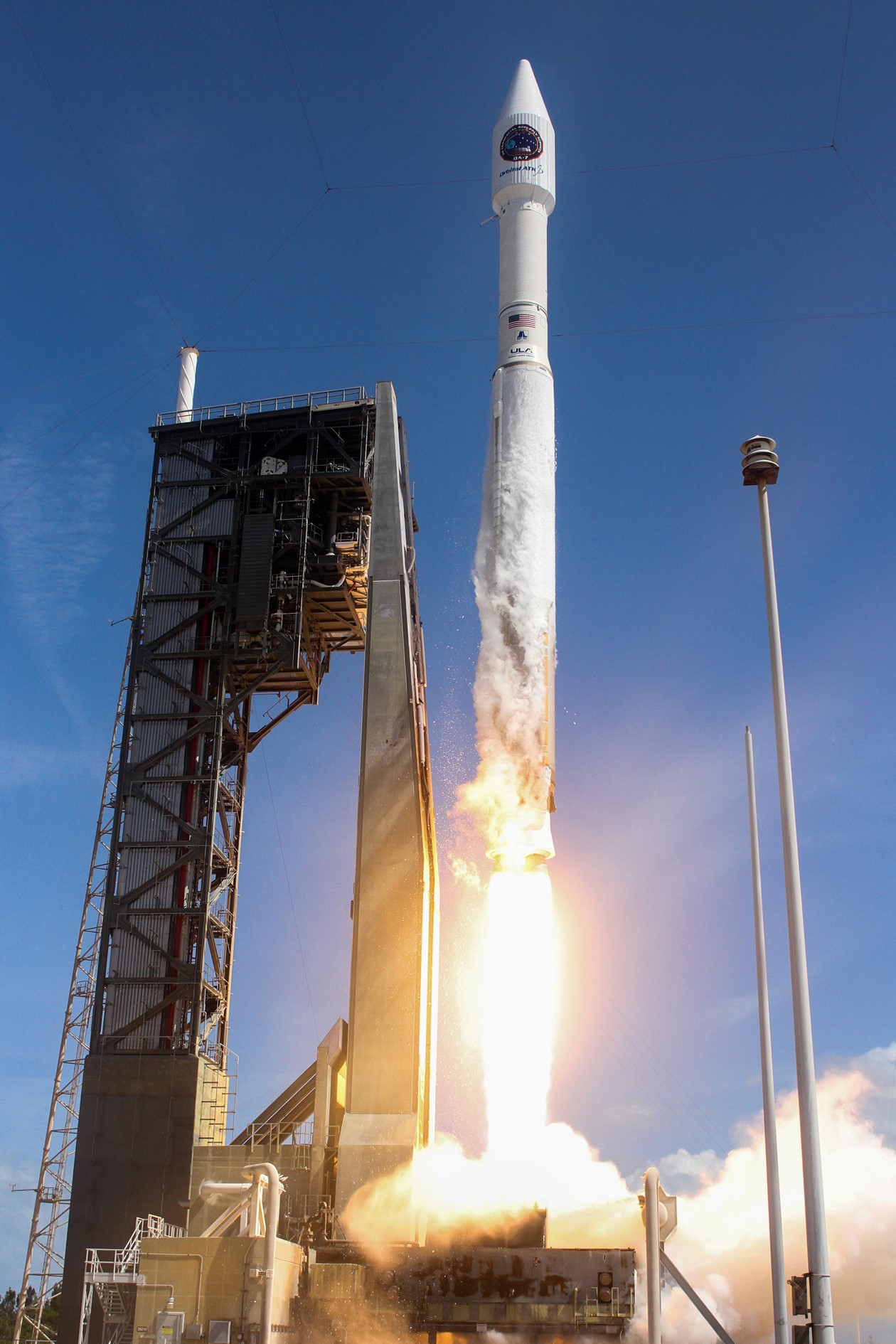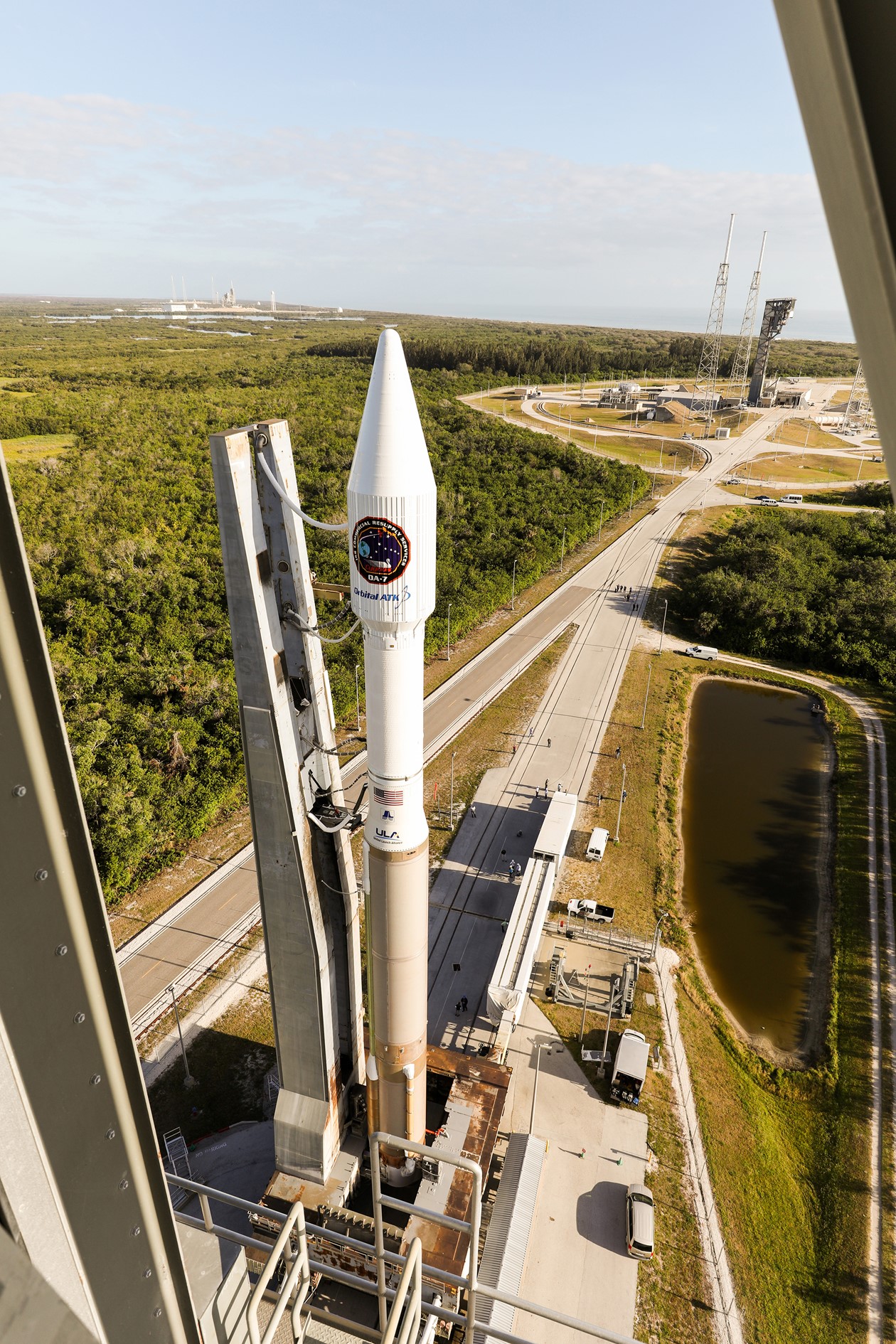
It is astounding to ponder the news from the wide open frontier of space. I’m continually amazed by what is happening.
3/7/17 – Space News- NASA seeks information on commercial Mars payload service – NASA issued a Request For Information asking for plans to provide cargo runs to Mars. They are looking for outline of plans in terms of payload mass and weight, nature of vehicle, and timing for start of operations. The RFI indicates 2020 as a start date.
Two companies are described in the article as likely players in Mars cargo runs.
SpaceX would use their new lander Red Dragon as testbed for cargo vehicle. Launch was scheduled for 2018 but has slipped to 2020.
Mars One also has plans for a lander, as an intermediate step for crewed travel. First launch was planned from 2018 but that is now looking like 2022.
3/14 – Behind the Black – SpaceX wins another Air Force launch contract – Ticket price to launch a GPS satellite is $96.5M, up by $14M from the last launch by SpaceX for USAF. Post speculates SpaceX is trying to improve their margin by undercutting ULA less this time around.
A commenter at the post says ULA’s price would be about $109M and that a launch with Japan or ESA would be more expensive than ULA. Comment also says the satellite costs a billion, which tells me saving $12M on the launch cost is not a major deal.
3/19/17 – The Telegraph – European rocket scientists pledge to make the first private Moan landing in 2018 – a group of engineers calling themselves PTScientists, four part-time scientists, are aiming for a 2018 landing on the moon, using a SpaceX Falcon lift vehicle to get their two moon rovers to the surface.
Purpose is to find the moon buggy used in the Apollo 17 mission to see how it has fared after 40 some odd years of sitting on the moon surface.
Article consistently uses the past tense when referring to the group building their lander and rovers, which tells me they have partly completed construction.
3/31/17 – Behind the Black – First Falcon Heavy demo launch to include two used boosters – The Falcon Heavy booster consists of three standard Falcon 9 boosters strapped together. Maybe that could be a Falcon 27?
The demo launch by SpaceX will have recovered boosters used for the two strap on boosters.
They will also attempt to recover the second stage. May as well try to recover it, since it is going to burn up otherwise, as Elon Musk pointed out.
4/6/17 – Behind the Black – Orbital ATK developing new rocket and 4/5/17 – Space.com – Orbital ATK Developing New Rocket Family to Compete with SpaceX, ULA – The new designs will include medium lift and heavy lift variations, with ability to strap on extra boosters to the heavy version to give even more lift capacity. Interestingly, the Orbital ATK design uses solid fuel.
4/7/17 – Space.com – Next Job for US Air Force: Space Cop? – A conference panel discussed how to commercially develop the moon and the area between earth and the moon (aha!, just learned that is called cislunar).
One of several issues is securing freedom of action at several key points. One panelist, a LtCol at the USAF Air University suggested that would be a natural fit for USAF, similar to the way the US Navy protects freedom of the sea here on earth.
Not a bad idea. Private justice or vengeance would be a very bad idea in space. Law based on a decentralized consensus, like the Viking settlers developed in Iceland could possible develop, but a blood feud on the moon would be short, deadly, and ugly. Use an old west analogy if you prefer.
4/6/17 – Business Insider – Goldman Sachs: space-mining for platinum is ‘more realistic than perceived’ – Report from the investment banker, which has been read by the reporter, suggests that mining an asteroid is within the range of financial and technological feasibility. Cost might be in the range of $10s of millions for a probe and maybe $2.5B for a craft that could grab an asteroid.
Payoff could be in the range of $50B worth of platinum for an asteroid the size of a football field. That would be somewhere in the range of 175 times the annual production of platinum on earth.
The report doesn’t quite get the concept in full, since it suggests bringing that platinum back to earth. Instead of only selling 1/175th a year, or $0.28B annually assuming one could replace the entire terrestrial production and assuming prices didn’t collapse, the far higher value would be to use the platinum and everything else found on the asteroid to build spaceships in space.
4/18/17 – United Launch Alliance – United Launch Alliance Successfully Launchs OA-7 under First RapidLaunch(tm) Contract – I watched the ULA launch. That’s the first time I’ve seen an Atlas V launch live. Very, very cool.
The Atlas V lifted an Orbital ATK Cyngus spacecraft to the ISS for resupply.
Oh, this is the 119th successful launch for ULA.
Another very cool view of what actual rocket science looks like:
